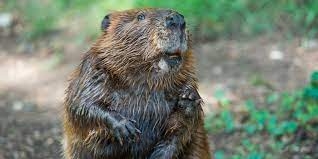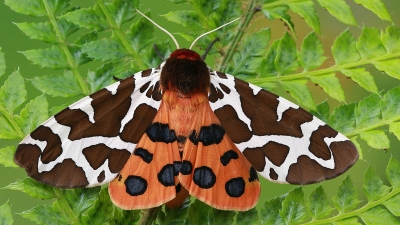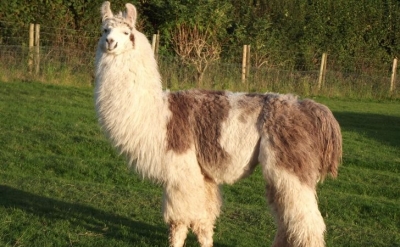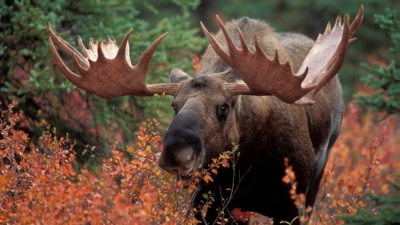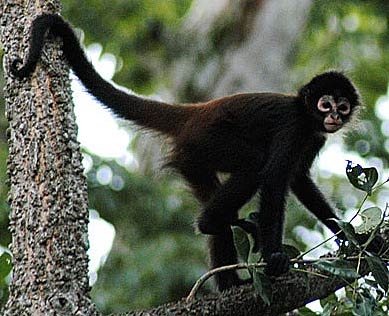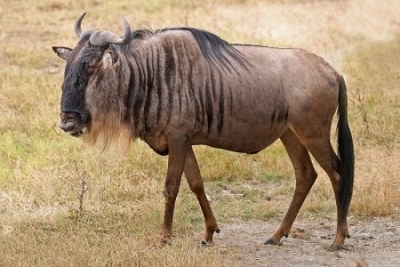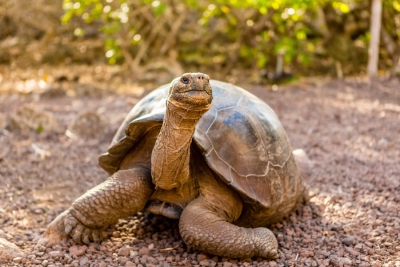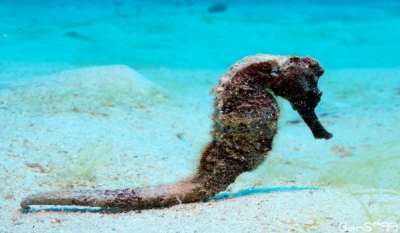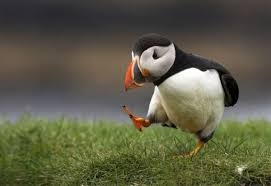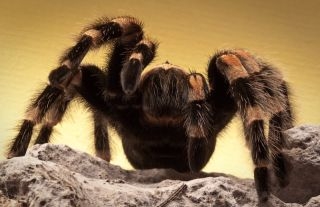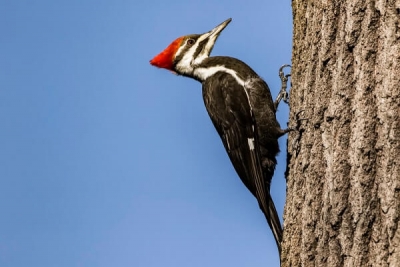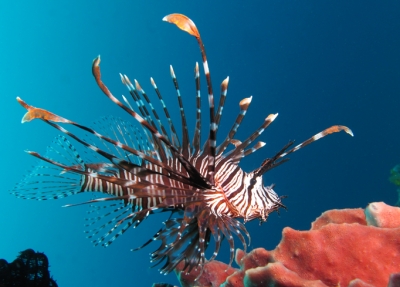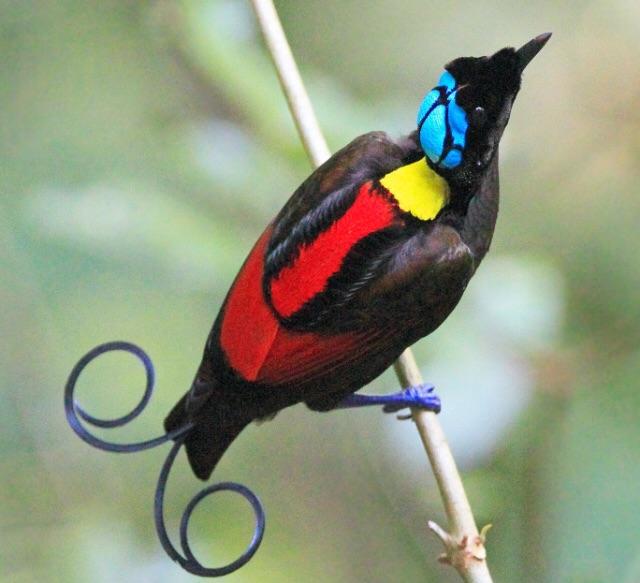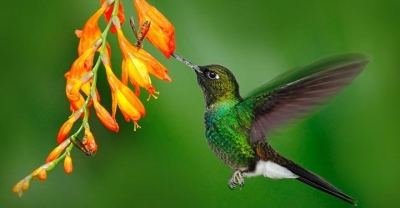What are the fun facts of Great egret?
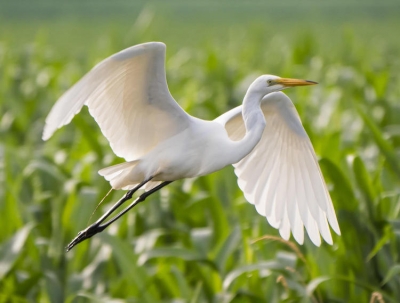
Great egret is a wading bird that belongs to the heron family. It inhabits swamps, lakes, ponds, areas near the rivers, streams and islands.
It has a long leg, S-shaped neck and white plumage. It stands motionless and waits for the prey to come close enough. It catches its prey, usually fish, frogs, snakes and crustaceans, using its long, sharp bill in a fraction of a second.
Its predators are raccoons, owls and hawks.
The great egret is partially migratory, with northern hemisphere birds moving south from areas with colder winters.
The great egret feeds in shallow water or drier habitats, feeding mainly on fish, frogs, small mammals, and occasionally small reptiles and insects, spearing them with its long, sharp bill most of the time by standing still and allowing the prey to come within its striking distance of its bill, which it uses as a spear. It often waits motionless for prey, or slowly stalks its victim.
They are diurnal feeders and at dusk they gather from surrounding areas to form communal roosts.
Picture Credit : Google
